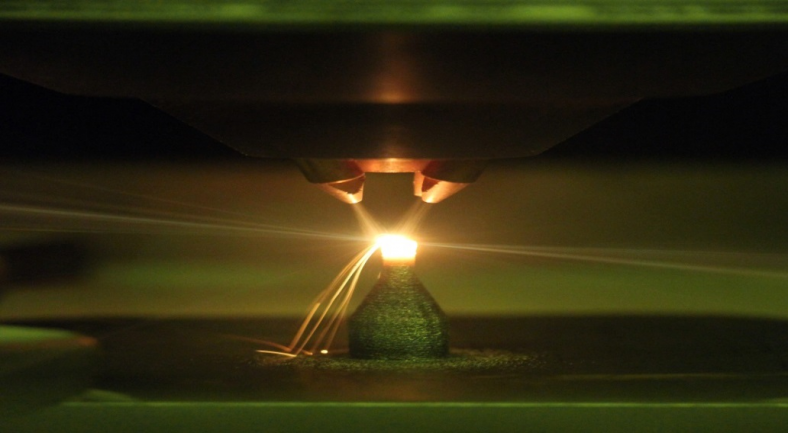From batteries in electric vehicles to catalytic converters that reduce automobile emissions, critical materials are essential to a sustainable future. Critical materials are materials that we need, but may not have reliable access to. For example, many current batteries require lithium. The Department of Energy’s (DOE) Office of Science is investing in research to help us rely less on these materials, but also have access to supplies when we need them.
In many cases, we import these materials from other countries. Of the 35 materials that the Department of Interior labels as “critical,” we rely completely on other countries for 14 of them.
Rare earth elements are one type of critical material of which we’re particularly reliant on other countries. In 2018, we imported all the rare earth elements we used, worth $160 million. Although rare earth materials aren’t that rare in the Earth’s crust, they’re quite spread out. They’re usually mixed in with other elements, making them difficult to separate. Even when we can mine for them domestically, we often lack the facilities to process them. Sending them to other countries for processing makes them more expensive and the supply chain less reliable.
DOE has a three-pronged approach to establish domestic supply chains of critical materials: reduce, recycle, and expand sources. To reduce the need for these materials, we’re developing substitutes. In addition, researchers are looking at how we can redesign technologies to use less of them. To get these materials without mining, we’re improving ways to recycle them. To make supply chains more diverse, we’re expanding our domestic sources. For example, studies of fundamental mineral processes can provide clues for uncovering previously overlooked domestic sources. Researchers are also looking into how to get critical materials from resources that might otherwise be wasted in chemical processes.
But these efforts rely on answering key questions about the science of critical materials. DOE’s Office of Science plays an essential role in establishing this scientific foundation.
The Office of Science has recently expanded our funding of critical materials research. In Fiscal Year 2020, Basic Energy Sciences added five new projects worth $6.7 million a year onto their existing annual $20 million of critical materials research. This year, we expanded that again. Recently, we announced awards for basic research on rare earth and platinum group elements that invited applications from national laboratories, universities, and companies.
In these projects and previous ones, researchers supported by our Basic Energy Sciences program look closely at material and chemical properties. They examine how these materials behave at a variety of scales, from the level of electrons, atoms, and molecules to actual applications. Knowing these materials’ properties helps scientists pinpoint why they’re necessary. That information helps engineers design technologies that need less of the materials. It also makes it easier to search for substitute materials that are more readily available and can fill the same needs.
In addition, these projects will explore the science for chemically separating the elements that are the key components of critical materials. Extricating these elements from others that they’re mined with or components in recycled goods is difficult and energy intensive. This research can help make separation processes more efficient and develop new ones.
The Office of Science also brings its world-class user facilities to this effort. Our X-ray light sources and neutron sources allow researchers to peer into these materials and processes on an atomic level. Our high-performance supercomputers run models to simulate materials and how they function in applications. Our Nanoscale Science Research Centers provide advanced synthesis and characterization capabilities at the atomic and molecular scales.
Like all basic science projects, there’s no guarantee our researchers will always find results directly applicable to technology development. But by answering these fundamental questions, they’ll create the foundation for future innovation. To ensure that knowledge gets to the right people, we’re working to connect our grant recipients with the scientists specializing in applied research and commercialization. Collaborations between the Office of Science and other DOE offices as well as with the private sector are key to our efforts.
Critical materials and potential substitutes are essential to our nation’s economic and environmental sustainability. DOE’s Office of Science is committed to exploring the basic science needed to make that innovation possible.
The Office of Science is the single largest supporter of basic research in the physical sciences in the United States and is working to address some of the most pressing challenges of our time. For more information, please visit www.energy.gov/science.
